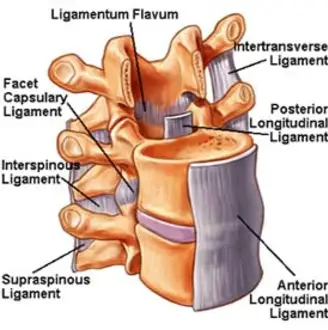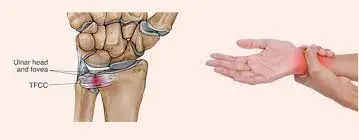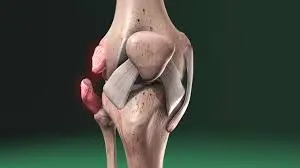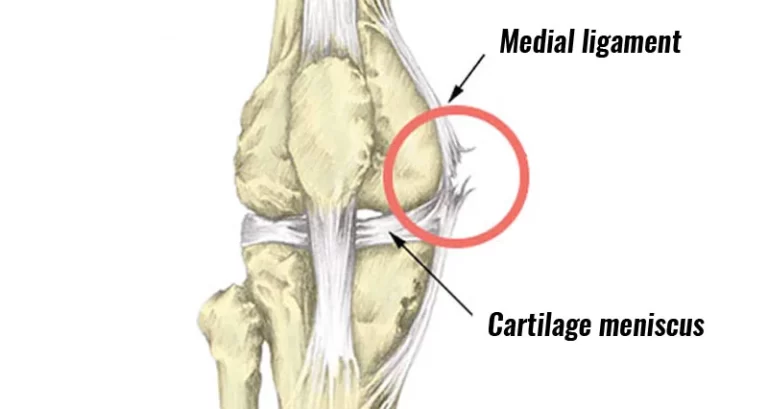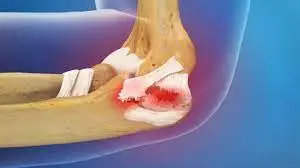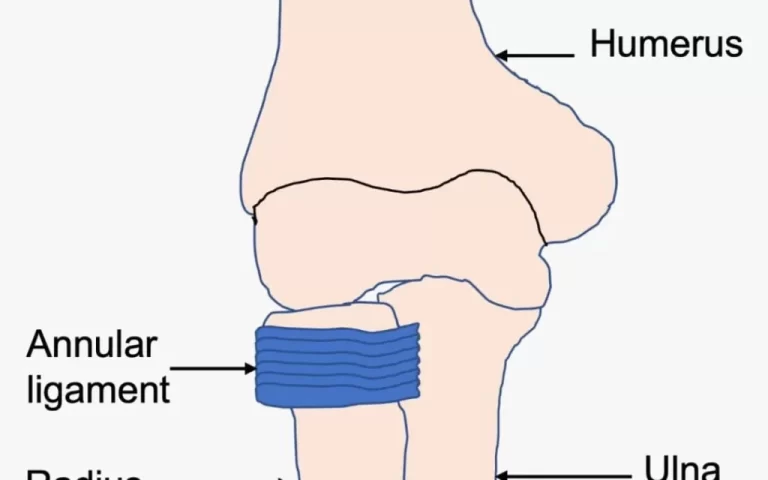Anterior Longitudinal Ligament (ALL) Injury
What is an Anterior Longitudinal Ligament (ALL) Injury? The Anterior Longitudinal Ligament (ALL) runs along the front of the spine, providing stability and preventing excessive extension (backward bending). Injury to the ALL often occurs due to hyperextension trauma, such as whiplash from car accidents or sports injuries. Symptoms may include pain, stiffness, and limited spinal…

